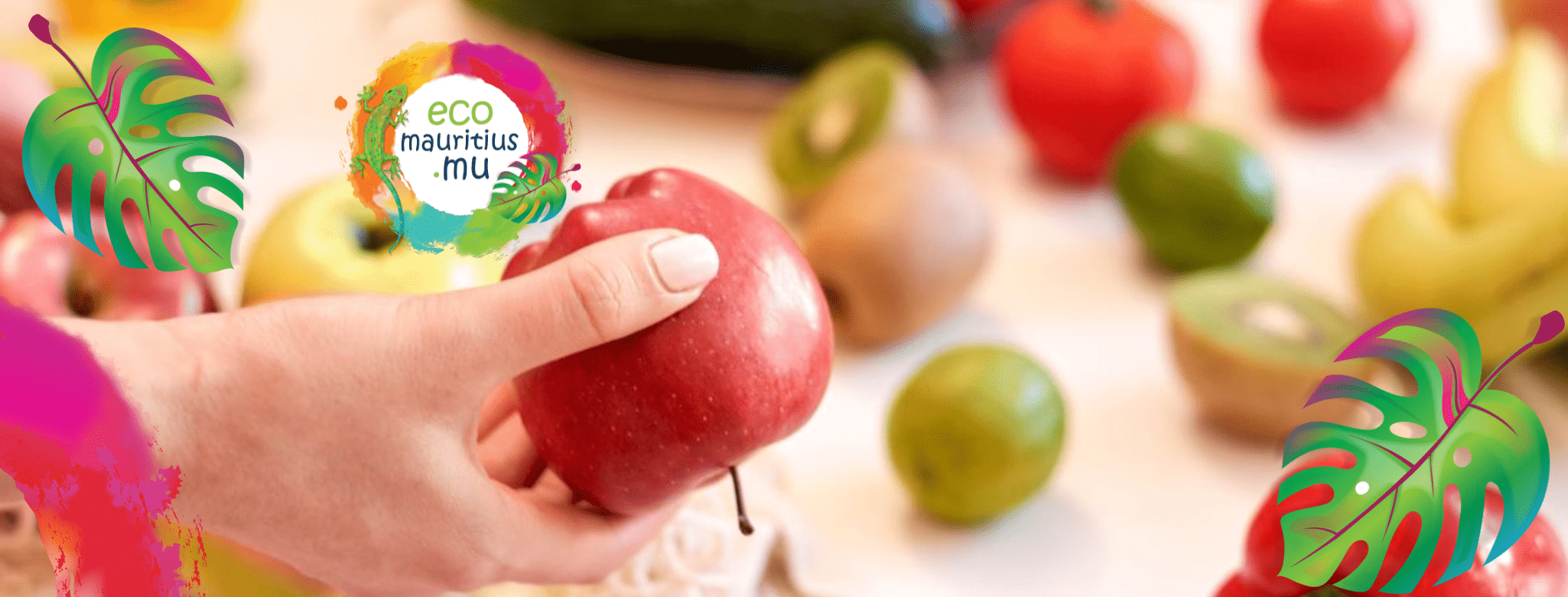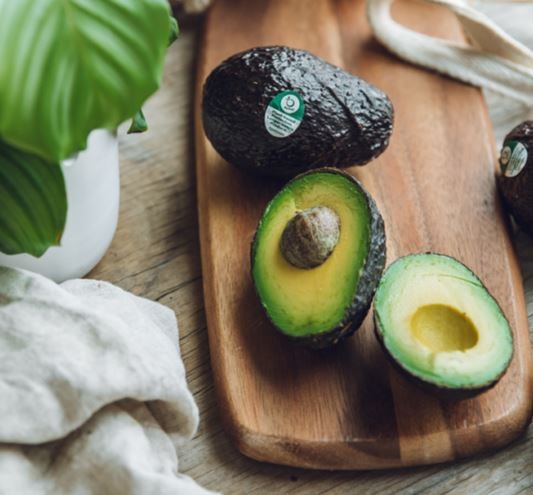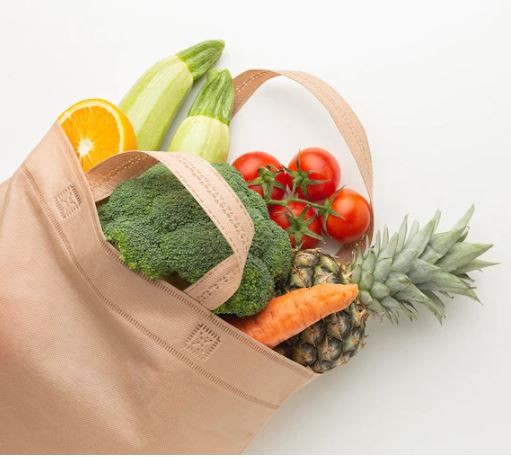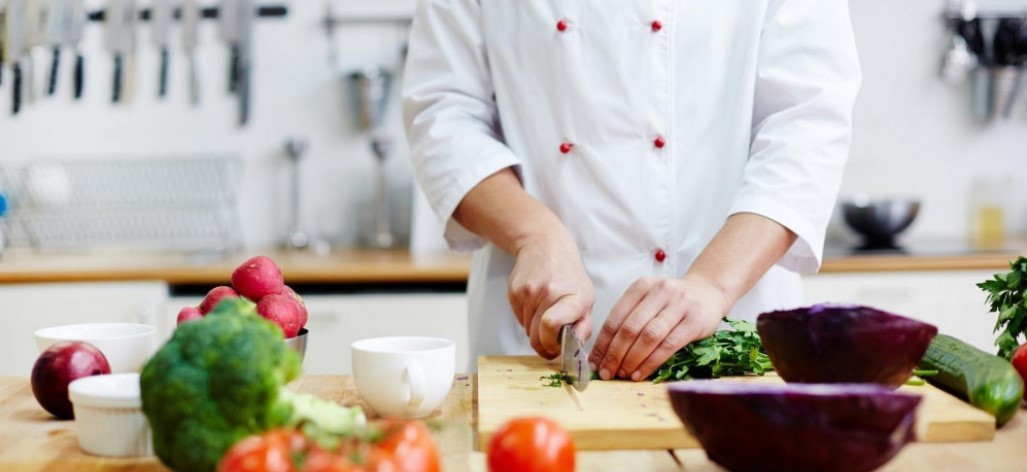
When you think about climate change, food waste might not be the first issue that comes to mind. But over two-thirds of household food is lost or wasted — a staggering amount — and approximately 8% of global human-caused greenhouse gas emissions result from food loss and waste. Those emissions enter the atmosphere, causing global temperatures to rise and drive climatic changes across the globe such as more frequent heat waves, stronger hurricanes, and rising sea levels.
Properly storing fresh produce helps minimize the amount of food we throw away while maximizing the time we have to enjoy it. It can also save you money and reduce your carbon footprint. Reducing food waste has been identified as one of the top ways to fight climate change. Here are a few tips and tricks to help you store your fruits and veggies so they last longer.
Understand the Ripening Process
Some fruits need to ripen on the tree or vine, developing their full flavor and texture before they are harvested and delivered to the grocery store. Others need more time to reach their peak ripeness (aka tastiness) after you bring them home. This second group of produce, called climacteric produce, is most often harvested unripe.
Some types of climacteric produce won’t ever ripen on the tree and need to be harvested to trigger ripening, while others are simply easier to transport unripe. To trigger the flavor development and softening that we associate with ripening produce, these fruits emit higher levels of ethylene, a gas made up of hydrogen and carbon, which acts as a plant hormone to tell all of the cells in the piece of produce “It’s time to ripen!” at the same time.

Common climacteric fruits include bananas, avocados, mangos, and tomatoes. As they soften and change color on your countertop, they produce large amounts of ethylene. Other climacteric produce is sensitive to this gas and can ripen too quickly if stored nearby. So, we recommend that you keep your climacteric fruits and veggies separate. However, if you have an avocado that’s hard as a rock but you just can’t wait to make guacamole, put it in an enclosed space with other avocados or a ripe banana. You’ll trap in the ethylene gas they’re producing and speed up the ripening process.
Non-climacteric fruits and vegetables like strawberries, bell peppers, cucumbers, and lemons emit smaller amounts of ethylene, so it’s okay to store these types of produce together. High exposure to ethylene can, however, trigger some unwanted color changes in these produce types (yellowing of cucumbers, for example). For best results, store climacteric fruit separate from non-climacteric fruit. Save the chart below for easy reference next time you need a refresher on climacteric fruits.
These storage practices can ensure that we don’t speed up the ripening process and limit the window we have to eat something before it becomes food waste.

Know When To Refrigerate Produce & When Not To
Refrigeration is one of the most widely used “innovations” to help us reduce spoilage and fight food waste at home. However, some types of produce should not be refrigerated because they last longer or taste better when kept at room temperature.
Store produce like tomatoes, bananas, and onions at room temperature. For tomatoes and onions, this is because they will lose their texture and flavor if refrigerated, whereas bananas are temperature sensitive and can quickly go bad from “chilling injuries.” Other produce like celery, carrots, and asparagus prefer cooler, damp conditions and will last longer when stored in the refrigerator.
You can also use your fridge to slow down the ripening process. For instance, put your ripe or almost ripe avocados in the refrigerator; the cold air will slow down ethylene production.

What To Do With Aging Produce
Are you still throwing away food even with these storage methods? Here’s what you can do with aging produce:
Utilize your freezer: Freezing is an easy way to preserve perishables to enjoy later. For example, freeze leftover greens or fruit and add them to smoothies.
Pickle it: You can keep pickled vegetables in your refrigerator for days and add them to all kinds of dishes for some extra acidity and crunch.
Compost it: Composting is a great way to help reduce methane emissions from landfills and also creates a nutritious amendment for your houseplant and garden soil.
Sometimes, the biggest change begins right at home, and even incorporating one or two of these practices into your daily life can make a difference. When we reduce food waste, we’re doing so much more than simply stopping that waste from biodegrading in landfills. We’re also preventing unnecessary emissions, water withdrawals, and resource usage that occurs when we grow, store, distribute, and purchase food that we never get to eat.
Author: Jessica Vieira, Ph.D., is vice president of Sustainability at Apeel. Apeel is a food-tech company that uses materials found in the peels, seeds, and pulp of fruits and vegetables to create a protective plant-based coating that keeps produce like limes and avocados fresh for two to three times longer.







